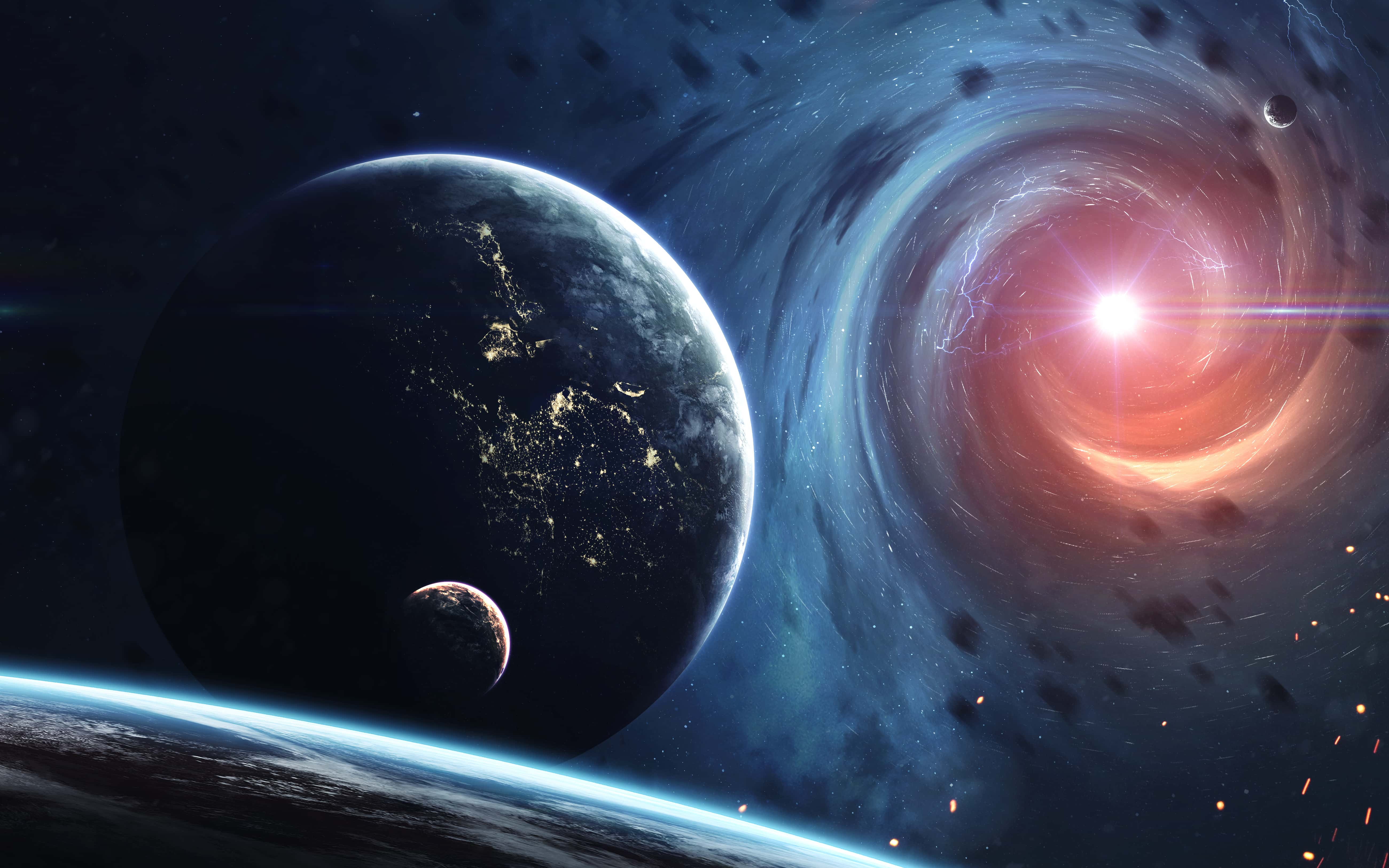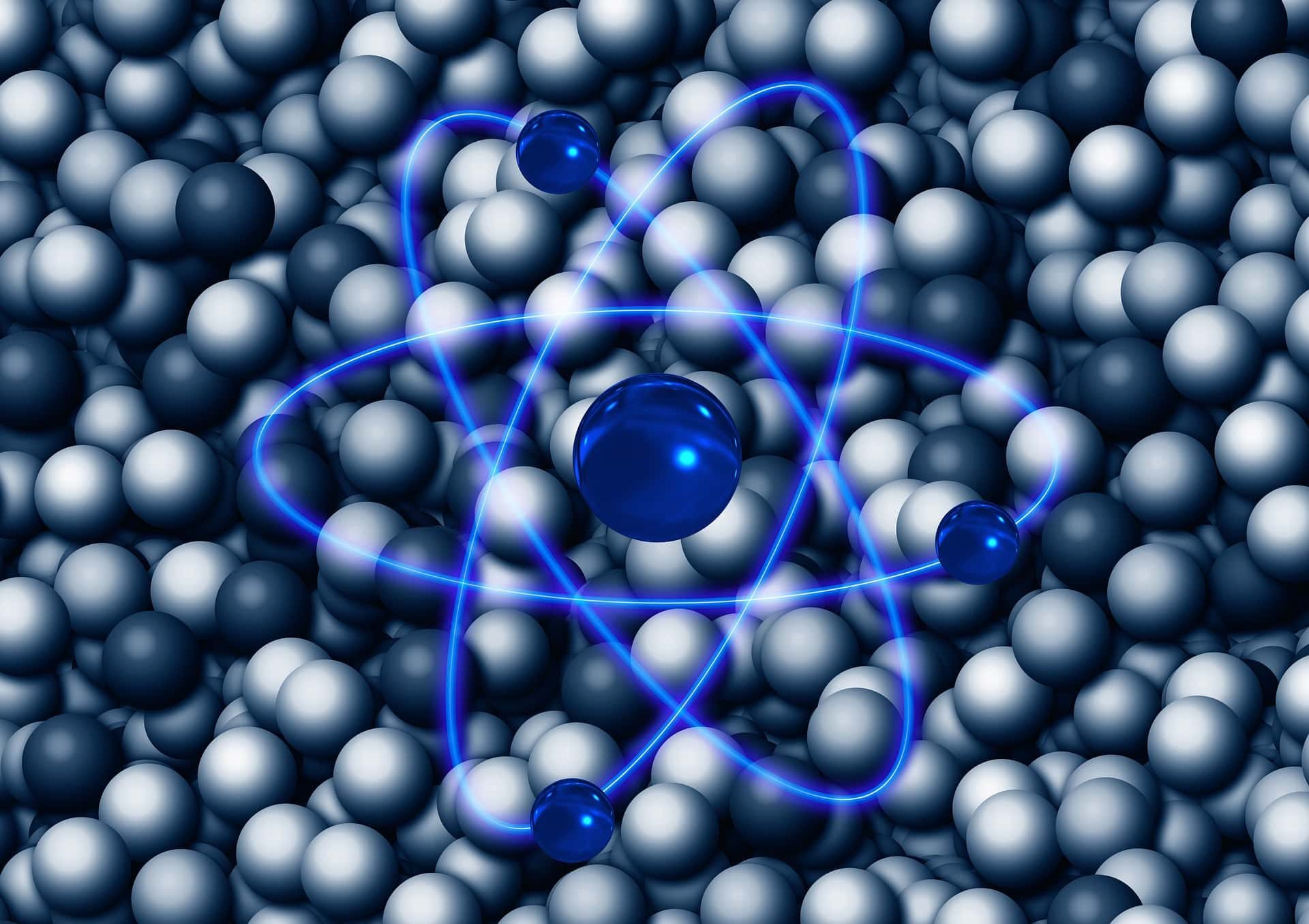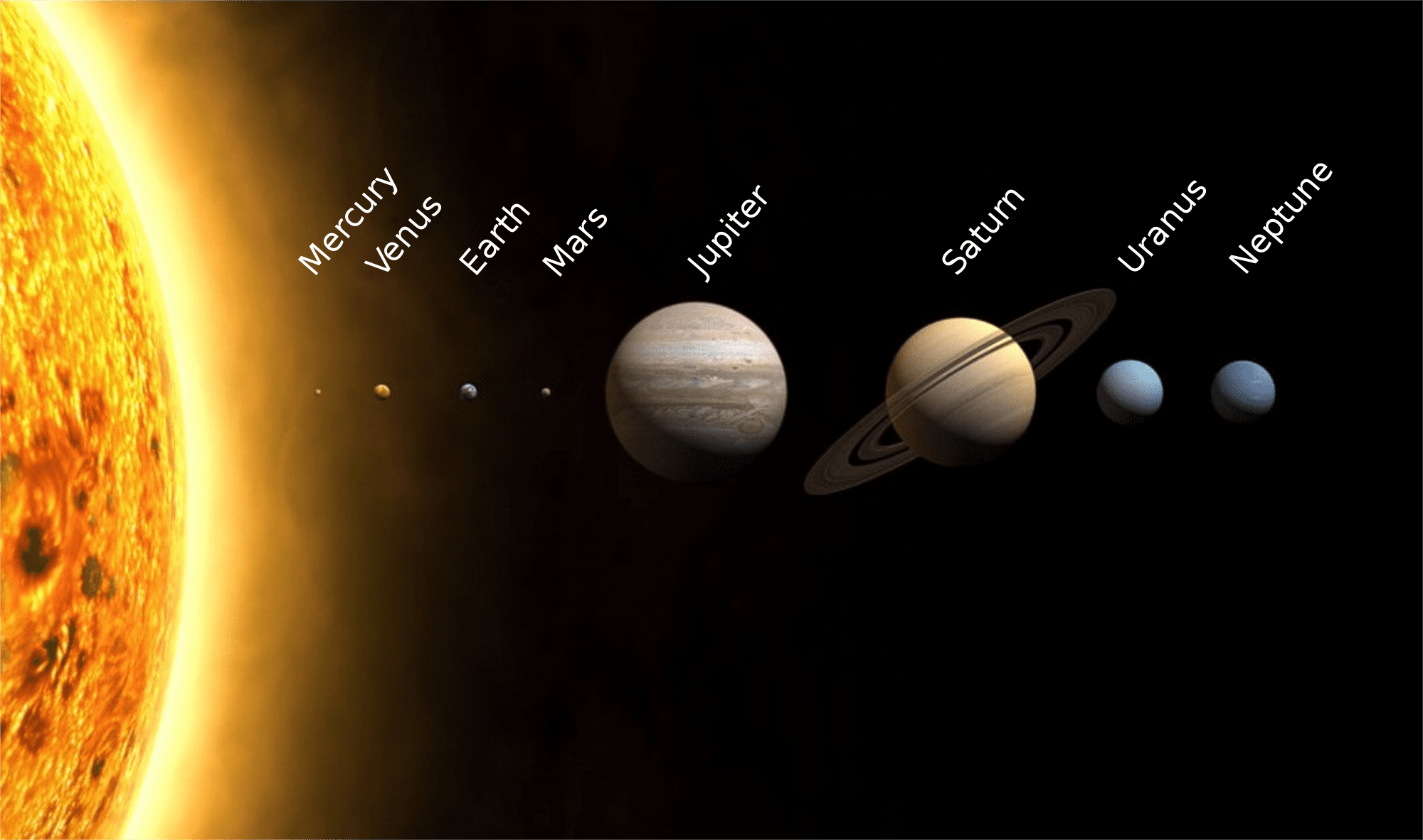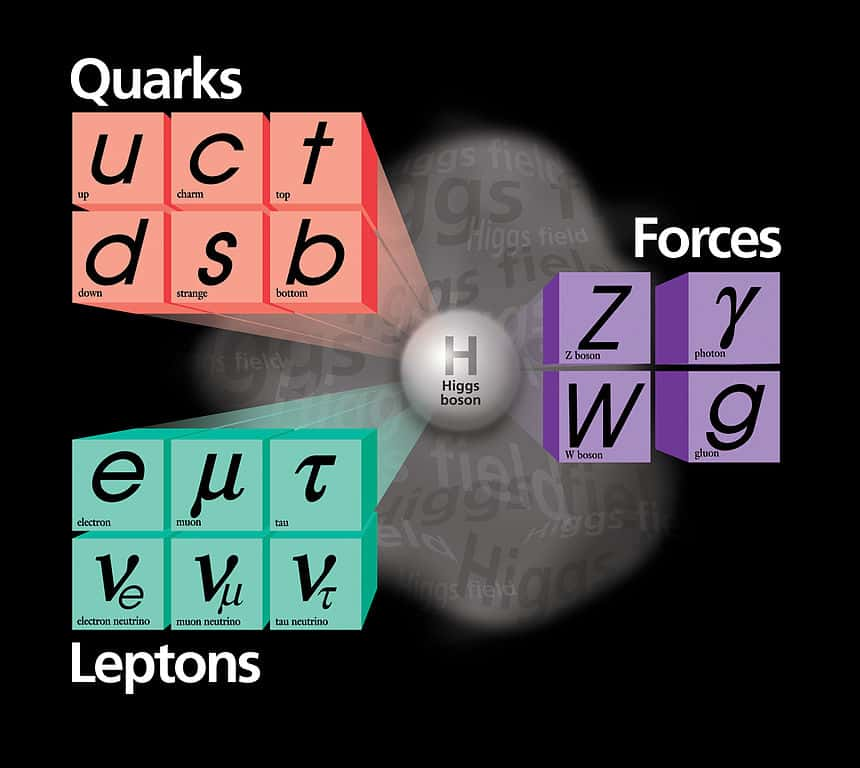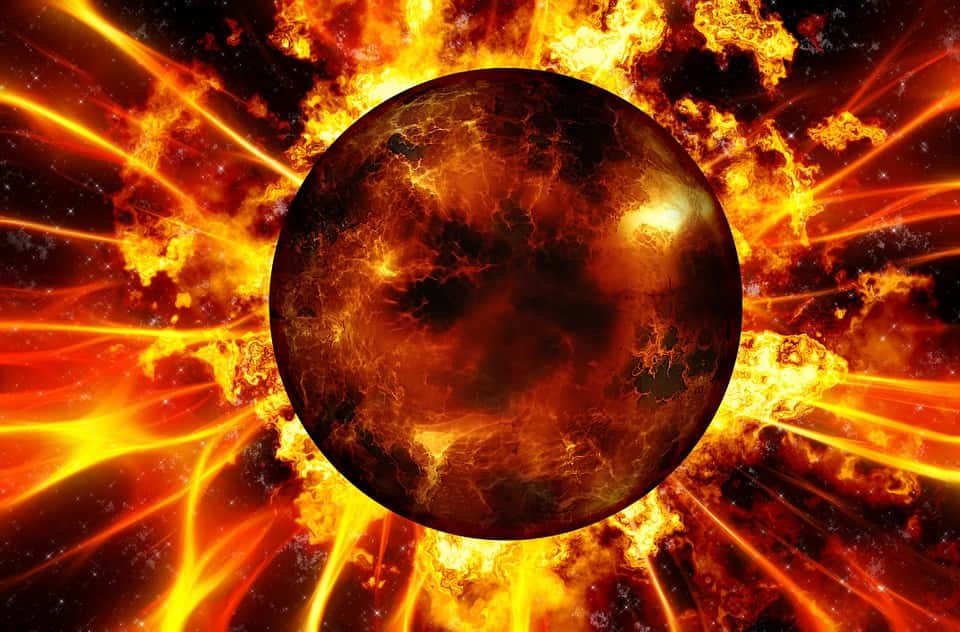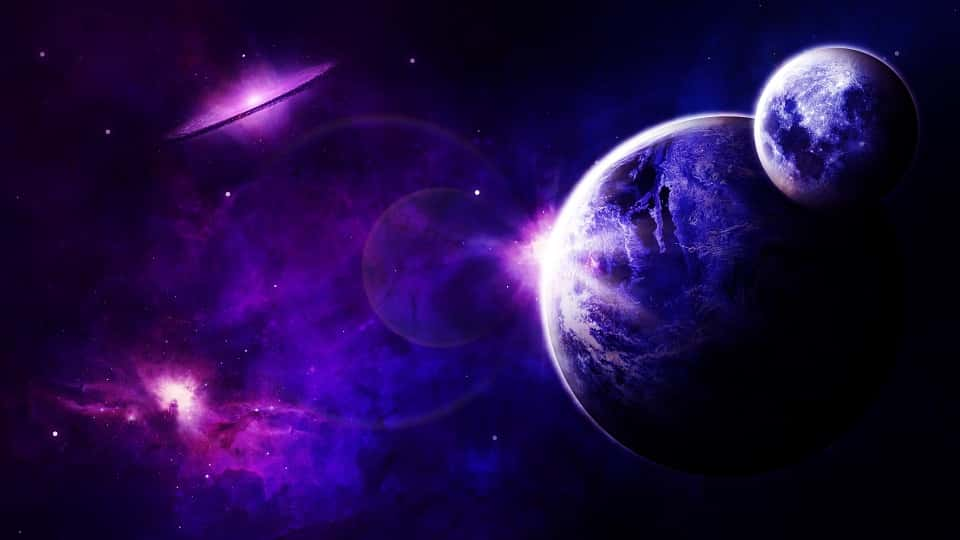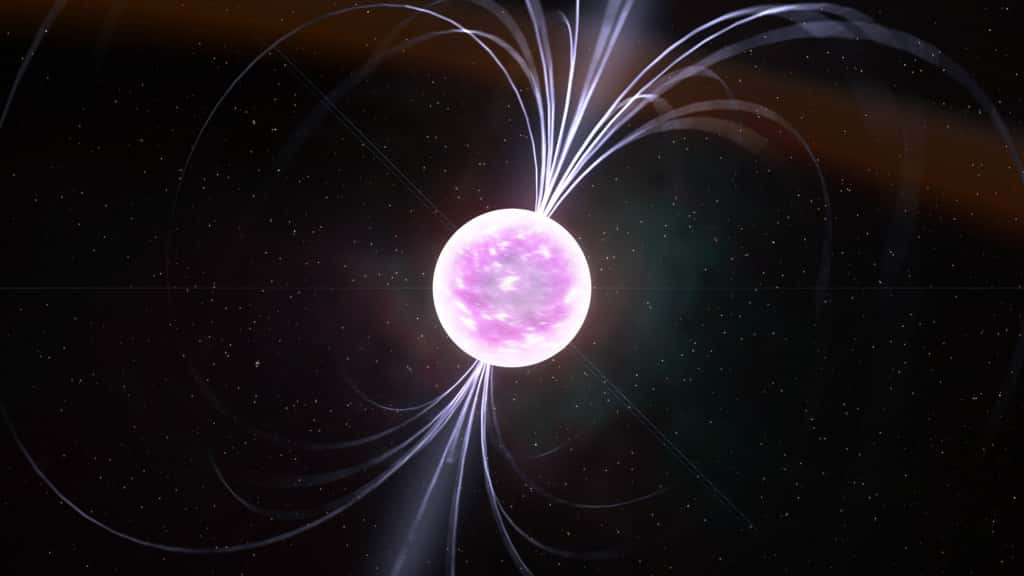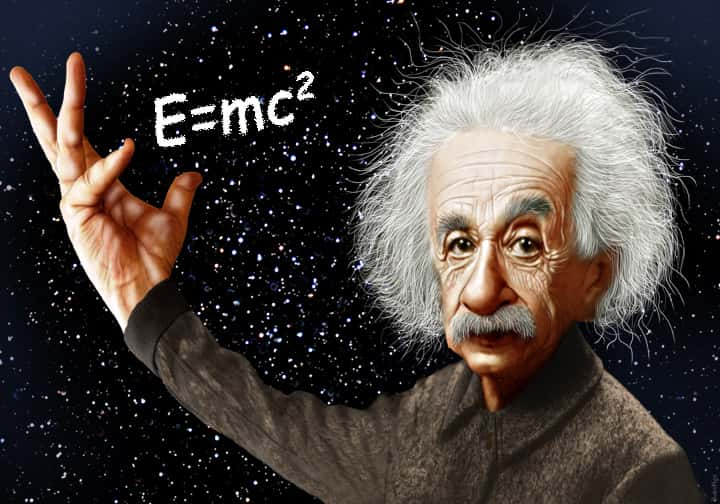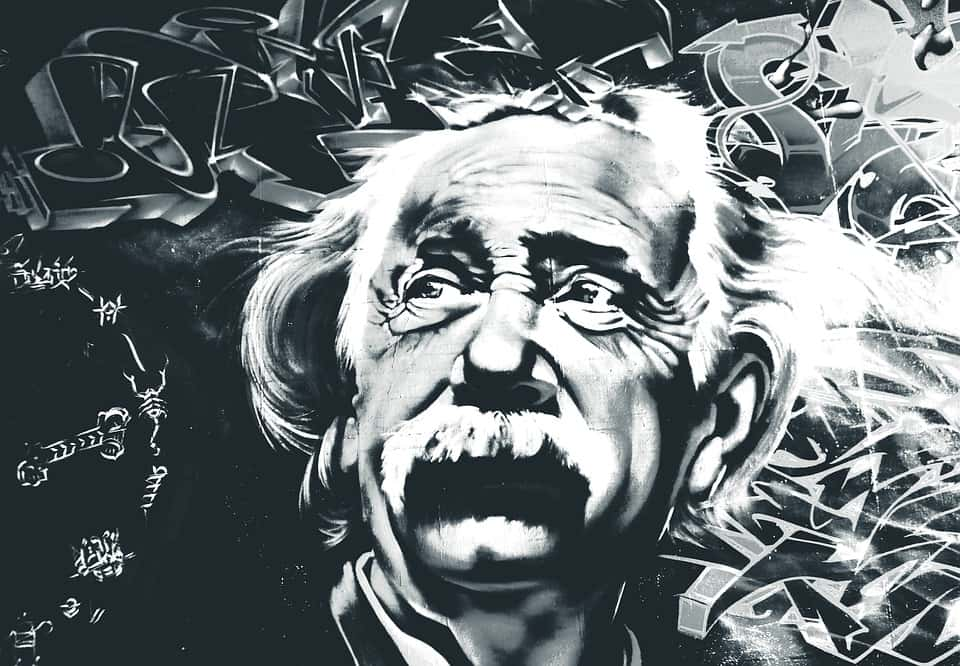“Imagination is more important than knowledge. For knowledge is limited, whereas imagination embraces the entire world, stimulating progress, giving birth to evolution." – Albert Einstein. The universe is a crazy place. We’ve learned a thing or two about it’s mysterious nature, but we still have a long way to go! Here are 32 of our favourite physics facts.
Physics Facts
32. The speed of time.
If you traveled at the speed of light, time would stop. According to Einstein’s Theory of Special Relativity, the faster you go, the slower time passes for you relative to your surroundings. Seriously—if you zip around in a Ferrari for an hour, you’ll have aged ever-so-slightly less than if you had just chilled at home on the computer. The extra nanoseconds you get out of it might not be worth the price of gas, but hey, it’s an option. Now, before you whip up a get-immortal-quick scheme, note that moving at the speed of light isn’t actually possible, unless you happen to be made of light. Technically speaking, moving that fast would require an infinite amount of energy (and frankly, not even a Chihuahua has that much energy).
31. Spot that star.
Our sun bends light. Affected by gravity, the path of a beam of light is not entirely straight. So if a beam of light from a distant star passes close to our sun, it will actually bend slightly around it. The effect on an observer—like us—is that we see stars in different spots than they are actually located.
30. Where’s the mass hiding?
The amount of total mass in the universe is vastly greater than the mass we can actually account for. Physicists developed an explanation for this, and the leading theory right now is that dark matter—a mysterious substance that emits no light—accounts for the missing mass. Dark matter and dark energy account for approximately 95% of the mass in the universe.
29. Understanding cosmic expansion.
Here’s where things get a little trippy. Before it was a TV show, the Big Bang Theory was an important explanation for the origin of our universe. Basically, the universe started as an explosion. Debris (planets, stars, etc) was flung around in all directions, driven by the enormous energy of the blast. Because all of this debris is so heavy, we would expect this explosion to slow down after a while. Here’s the catch: it hasn’t slowed down at all. In fact, the universe is expanding faster over time. This as crazy as if you threw a baseball that kept getting faster and faster, never falling back to the ground. The prevailing explanation for this is that force exerted by dark matter and energy is propelling cosmic expansion.
28. So many hydrogen atoms.
The most abundant atom in the universe is the hydrogen atom. Nearly 74% of the atoms in the Milky Way galaxy are hydrogen atoms.
 Nick Risinger, Wikimedia Commons
Nick Risinger, Wikimedia Commons
27. Say what now?
Electrons behave differently when it’s being observed. That’s right, The mere act of observation can completely change the outcome of an event! In the famous Double Slit Experiment, researches proved that hen a camera observes electrons, they act as particles. However, when the no equipment is used to observe the electrons, they act as waves and particles simultaneously. There’s enormous disagreement and lack of certainty as to why this occurs.
26. Feather vs. bowling ball.
All objects fall at the same speed. You would be forgiven for assuming that heavier objects fall faster than lighter ones—it sounds like common sense, and besides, a bowling ball drops more quickly than a feather. But really the force of gravity pulls the objects toward the center of the earth at precisely the same speed. It’s air resistance that accounts for the feather’s slower flight. This means that if you repeated the feather vs. bowling ball experiment on the moon (which has no atmosphere), they would hit the ground at the exact same time.
25. Empty space.
There are, in the annals of science, some facts that simply beggar belief. Things that, if they hadn't been studied for years by the most intelligent minds on the planet, I'd feel tempted to dismiss instantly as the stupefied ravings of an absolute lunatic. In this case I'm still tempted to do that. Apparently all the matter that makes up the human race could fit in a sugar cube. That's right. Everyone you've ever known... everyone who's ever lived, for that matter... all of us could be squashed into a little hunk of matter about half-an-inch on each side, if only you reduced us down to our basic components. Atoms are, after all, 99.9999999999999 percent empty space. Mind. Blown. Mic drop.
24. Multi-colored holes?
Black holes aren’t black. They’re very dark, sure, but they aren’t black. They glow, slightly, giving off light across the whole spectrum, including visible light. This radiation is called “Hawking radiation” after the former Lucasian Professor of Mathematics at Cambridge University Stephen Hawking, who first proposed its existence. Because black holes are constantly giving off this radiation, and therefore losing mass, they will eventually evaporate if they don’t have another source of mass to sustain them.
 NASA/Paul Alers, Wikimedia Commons
NASA/Paul Alers, Wikimedia Commons

History's most fascinating stories and darkest secrets, delivered to your inbox daily.
23. Usain Bolt, the heaviest man in the world?
The faster you move, the heavier you get. However, this is negligible at human speeds – even Usain Bolt is not noticeably heavier when running than when still – but once you reach an appreciable fraction of the speed of light, your mass increases rapidly. So in a sense, if you're willing to yourself in the context of the entire known universe, you're basically as fast as Bolt. How 'bout that?
22. I’m already at my ideal weight… on the moon.
Weight (force of gravity) decreases as you move away from the earth. This is because, although we don't tend to think about it much during our lives on Earth, weight is not actually an objective measurement of how much matter a thing contains—that's what we have mass for. Weight is a measurement of how much gravity something experiences, which is a function of what other bodies are surrounding said object, and how they themselves respond to gravity.
21. Take that, astronauts!
Some roller coasters have been known to include g-forces of around 4 to 6 g. Astronauts normally experience a maximum g-force of around 3gs during a rocket launch. Have you ever been to a theme park? Congratulations, according to my very hazy understanding of the transitive property of equality, you are officially an astronaut. Congratulations, Doctor. Stay humble.
20. Mass is king.
Gravity keeps Earth and the other planets in our solar system in orbit around the Sun. It also keeps the Moon in orbit around Earth.
 NASA, ESA, and the Hubble Heritage Team (STScI/AURA), Wikimedia Commons
NASA, ESA, and the Hubble Heritage Team (STScI/AURA), Wikimedia Commons
19. Orbiting in straight lines.
Planets don’t actually travel in a circular motion. They orbit suns because space-time itself is bent. This is because, in a sense, gravity actually bends the fabric of the universe. Concepts like this are really where you begin to appreciate the monumental genius of men like Stephen Hawking or Albert Einstein. What just took me, for example, about 2 hours to even begin to understand, is something that they grasp relatively (ha ha) easily. Not even just grasp, but discover and then explain to others. Hmmm. Raise your hand if you're feeling a little bit star-struck.
18. Sweet equilibrium.
The Sun and the planets are staying approximately the same distance apart and have been in roughly the same places for several billion years. The planets currently lie in a perfect balance that results in each planet moving fast enough to not be pulled closer to the Sun, but not too fast that it moves away from the Sun and launches of the Solar System.
17. If Saturn went for a swim…
Saturn would float if you put it in water. Technically, this is true since Saturn, which is composed mostly of gas, is much less dense than water. However, finding a pool of water big enough may be a challenge... And, of course, the planet itself may not be the best swimmer. Most physicists agree that Saturn would fall apart pretty quickly if ever plopped it into this yet-to-be-discovered colossal pool.
 Composition Credit: Mattias Malmer, Image Data: Cassini Imaging Team (NASA), Wikimedia Commons
Composition Credit: Mattias Malmer, Image Data: Cassini Imaging Team (NASA), Wikimedia Commons
16. Cute little quarks.
Although atoms are the smallest unit of an element, they consist of even tinier particles called quarks and leptons. An electron is a lepton. Protons and neutrons consist of three quarks each.
15. In God we trust…
Physics has often clashed with religious views, and many renowned physicists have taken strong stances. “The role played by time at the beginning of the universe is, I believe, the final key to removing the need for a Grand Designer, and revealing how the universe created itself. … Time itself must come to a stop. You can’t get to a time before the big bang, because there was no time before the big bang. We have finally found something that does not have a cause because there was no time for a cause to exist in. For me this means there is no possibility of a creator because there is no time for a creator to have existed. Since time itself began at the moment of the Big Bang, it was an event that could not have been caused or created by anyone or anything. … So when people ask me if a god created the universe, I tell them the question itself makes no sense. Time didn’t exist before the Big Bang, so there is no time for God to make the universe in. It’s like asking for directions to the edge of the Earth. The Earth is a sphere. It does not have an edge, so looking for it is a futile exercise.” – Stephen Hawking
 NASA/GSFC/Reto Stöckli, Nazmi El Saleous, and Marit Jentoft-Nilsen, Wikimedia Commons
NASA/GSFC/Reto Stöckli, Nazmi El Saleous, and Marit Jentoft-Nilsen, Wikimedia Commons
14. Rocket power!
In a rocket, fuel is burned in a combustion chamber to produce a mass of hot gases. Gas expands and streams backwards out of the rocket. The force as they stream out backwards sets up a reaction force in the opposite direction, called thrust, which propels the rocket forwards.
13. Great spirits have always encountered violent opposition…
Robert Goddard fired the first liquid-propellant rocket in 1926. He was ridiculed when he said that rocket technology could be used to fly to the Moon. This earned him the nickname “Moony Goddard,” and he avoided publicity for the rest of his life.
12. I think I get it, but I’m not sure.
The Uncertainty Principle, or the Heisenberg’s Uncertainty Principle, is one of the most famous and misunderstood ideas in physics. It states that the position and momentum of a particle cannot be simultaneously measured with high precision. In layman’s terms, this means that there is a fuzziness in nature, a fundamental limit to what we can know about the behaviour of particles and, therefore, nature. This radical principle caused many physicists to change their goal. Many physicists acknowledge that the goal of modern physics is no longer to understand the nature of the universe entirely, but rather to understand it within the limits of the Uncertainty Principle.
 Unknown author, Wikimedia Commons
Unknown author, Wikimedia Commons
11. It’s all about acceleration.
Practical space rockets, or launch vehicles, are made up of several rocket units joined together. This arrangement is called a step rocket. The principle behind the step rocket is that each rocket unit, or stage, fires for a time and then falls away when the fuel has been used. This makes the rocket lighter and enables it to accelerate faster.
10. Bang!
If you place a pinhead-sized piece of the Sun's core on the Earth, you will die from standing within 145 km (90 miles) from it. Why? Basically, it contains a wack ton of energy, and it'll blow up like a freaking nuclear bomb. Which begs the question: why did you try this experiment in the first place?!? You've gone and destroyed life on Earth as we know it, you maniac. Did your curiosity know no bounds??????
9. Can science explain love?
While Einstein remained adamant that the universe could be explained in its entirety, he was also a man of sentiment who sometimes favored humanist explanations over scientific. He once said, “No, this trick won't work... How on earth are you ever going to explain in terms of chemistry and physics so important a biological phenomenon as first love?”
 Ferdinand Schmutzer, Wikimedia Commons
Ferdinand Schmutzer, Wikimedia Commons
8. So much room for activities!
Space is not a complete vacuum. There are about 3 atoms per cubic meter of space. Massive understatement of the century: that's not a lot. To put it in perspective, at sea level, there are approximately 2.5 x 10^25 air molecules in a cubic meter of air. That's 250,000,000,000,000,000,000,000,000 atoms. And because we know you were just wondering: that's pronounced 250 Septillion. Which is a lot.
7. Sorry, Chuck.
Neutron stars are so dense that a teaspoon of them would be equal to the weight of Earth’s entire population. In fact, Scientists agree that even Chuck Norris couldn't bench press a neutron star.
 Slick-o-bot, Wikimedia Commons
Slick-o-bot, Wikimedia Commons
6. Dizzy stars.
Neutron stars are the fastest spinning objects known in the universe. Pulsars are a particular type of neutron star that emits a beam of radiation that can be observed as a pulse of light. The rate of this pulse allows astronomers to measure the rotation. The fastest spinning known pulsar is the catchily-titled PSR J1748-2446ad, which spins at over 70,000 kilometres per second.
5. Creating singularities.
Dying stars create black holes. Like a good old chap, our Sun is going to end its life quietly. When its nuclear fuel burns out, it’ll slowly fade into a white dwarf. That’s not the case for far more massive stars. Let's say you have a star that’s about 20 times more massive than the Sun. When this monster runs out of fuel, gravity violently overwhelms and collapses the core and other layers are flung into space. This is called a supernova. The remaining core collapses into a singularity — a spot of infinitely dense mass and almost no volume. That’s another name for a black hole.
 Mungany~commonswiki, Wikimedia Commons
Mungany~commonswiki, Wikimedia Commons
4. High praise.
Using the Equivalence Principle, Einstein is the man who discovered relativity. Here's what Stephen Hawking had to say about his work: "Einstein’s use of the equivalence of inertial and gravitational mass to derive his principle of equivalence, and eventually all of general relativity, amounts to a relentless march of logical reasoning unmatched in the history of human thought." That's high praise from one smart dude to another!
3. The never-ending journey.
Our quest for knowledge won’t end anytime soon. Explaining the nature of the universe is no easy task. Bill Bryon, author of A Short History of Nearly Everything said this on the subject: “Physics is really nothing more than a search for ultimate simplicity, but so far all we have is a kind of elegant messiness.”
 Pablo Carlos Budassi, Wikimedia Commons
Pablo Carlos Budassi, Wikimedia Commons
2. Perpetual motion.
Newton's First Law of Motion explains how inertia affects moving and non-moving objects must remain at rest or move at a constant speed in a straight line unless acted upon by an unbalanced force.
1. Take that, Heisenberg!
One of Albert Einstein's most famous quotes is, "God does not play dice.” Few quotes have been so radically misunderstood. Many people have assumed Einstein to be referring to a personal or religious god. He wasn’t. The full quote is actually “God does not play dice with the universe.” This was Einstein’s rebuttal to the Heisenberg Uncertainty Principle, which Einstein adamantly rejected. He believed there must be some underlying laws of nature that could define particles and make it possible to calculate both their speed and position. There's no evidence of the law Einstein hoped for, and all experimental evidence suggests that quantum mechanics is real. However, quantum mechanics (the field where the Uncertainty Principle is king) doesn’t fit with other widely excepted theories, like Einstein’s Special and General Theory of Relativity. Quantum mechanics may be supported by evidence, but it remains a total mystery as to how it fits in with the rest of physics.
Sources: 1, 2, 3, 4, 5, 6, 7, 8, 9 Share this with your friends to promote a better understanding of our universe!





